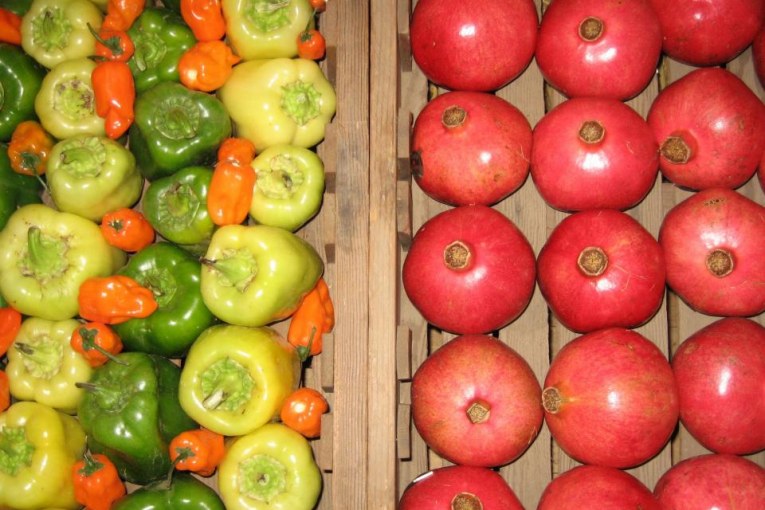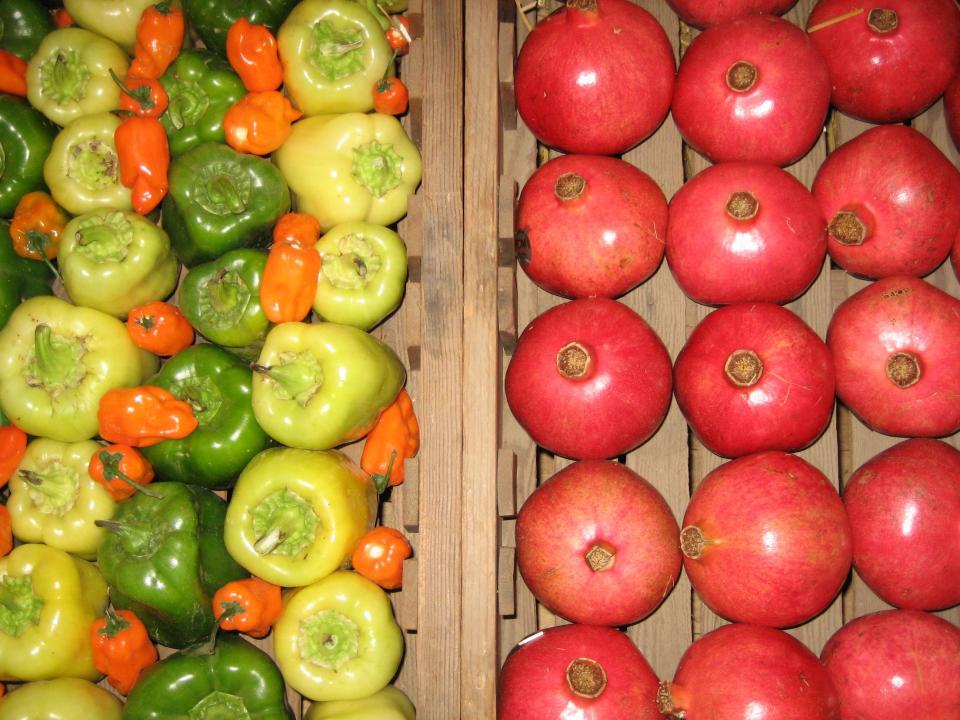

In his article yesterday on hunger in Davis, Michael Bisch notes: “one of the biggest challenges in my first year as Executive Director of the Yolo Food Bank (founded in 1970 in Davis as the Yolo County Coalition Against Hunger), is just how difficult it is to focus a public conversation on creating and fostering an equitable, sustainable, local food system.”
Indeed, his opening sentence seemed prophetic as the conversation meandered but stayed far away from the core issue.
For Davis, he noted: “The challenge here is malnutrition due to financial, physical, communication, cultural and other barriers to healthy foods access. In Davis, these barriers impact more than 30% of the population, i.e. 20,000 residents many of them children, seniors, disabled veterans, university and community college students, and hard-working families.”
While I think there is a good deal more poverty in the city of Davis than we are willing to acknowledge, “see my commentary on “The Other Davis” from 2012, I am going to focus on the issue of student food insecurity.
Broader studies put the estimate that as many as half of American undergraduates experience food insecurity while pursuing college degrees. The US Department of Ag defines this as: “limited or uncertain availability of nutritionally adequate and safe foods, or the ability to acquire such foods in a socially acceptable manner.” Moreover, “food insecurity is associated with reduced  academic performance and lower rates of degree completion.”
academic performance and lower rates of degree completion.”
In 2015, the UC Office of the President reported that up to 42 percent of students systemwide experience high levels of food insecurity. UC Davis students are said to be experiencing similar challenges.
In 2016, around 8600 UC Davis students responded to the UC Undergraduate Experience Survey, in it about 24 percent of students said they run out of food at times before they have money to get more and 9 percent of those say it happens often.
A September 2018 story on the UC Davis News page highlights the case of Ryan McClintick who tells the story of living off the $1 menu at a fast-food place. The story reports: “The University of California, Davis, student didn’t feel well, found himself on academic probation and became socially isolated. He had to put his studies aside for a year to earn some money.”
Now he’s trying to help other students through a new campus center that is helping to address food insecurity.
“I like how it’s right here in the Memorial Union,” said the psychology major. “I think it will help destigmatize some of the issues. Hopefully, we can make a difference.”
Chancellor Gary May back in February appointed a task force that was charged with reviewing existing food programs, suggesting improvements, and recommending additional programs.
There are a number of risk factors for students: these include being a student of color, housing insecurity, receiving need-based financial assistance, and having a history of childhood insecurity.
The report notes: “This data provides insights into risk factors for UC student food insecurity and the complex socio-racial-economic context in which food insecurity is intertwined with housing security and family experience.”
The study found that “food insecure students reported significantly more use of a variety of coping mechanisms such as buying cheaper and filling but less healthful foods, asking friends and family to assist with food costs, and going hungry to be able to participate in social times with friends.”
They have to make choices between paying for food or housing and utilities or paying for food or educational costs.
They find that around 10 percent of the food insecure students “reported having to suspend their studies due to financial hardships,” They find that: “28% of food insecure students reported  difficulty concentrating or studying due to hunger and no money to buy food.”
difficulty concentrating or studying due to hunger and no money to buy food.”
Finally, they find that “the cumulative grade point average was significantly lower for food insecure students than for those who were secure.”
The university has programs such as ASUCD Pantry and Fruit and Veggie UP!, but they found while they are being used by a range of students, “it is likely that the programs are relatively underutilized by some groups who experience the most insecurity. Further, it appears that student awareness of campus programs and benefits which enhance the ability to access nutritious foods is not uniform.”
Indeed their survey “revealed that nearly 30% of respondents were not aware of resources available to them. Thus, the campus must improve communications about the resources and utilize additional channels in social marketing approaches.
“Accessibility and acceptability of the programs available to students can be enhanced further by examining ways to reduce the stigma associated with their use; which may involve physical location, staffing hours, marketing focus, and practical food literacy information being provided.”
Their report makes several recommendation including, “Ensuring the continued presence and financial stability of vital programs such as the Aggie Compass, that are a hub for food security and emergency basic needs resources.”
They are also looking to find “creative means to increase the number of emergency meal swipe cards.”
They note: “Student Affairs commits to ensuring that Aggie Compass has a stable funding stream of $200,000, beginning in 2018-19. This may involve a multiyear transition to ongoing resources of this amount.”
In addition, “Student Affairs will continue to support and promote programs that directly impact campus food and basic needs programs and partner with campus and community resources to ensure emergency meals are available.”
Another possibility is CalFresh, know as SNAP or Food Stamps. The eligibility does not extend to international or nonresident students nor would it extend to those claimed as dependents on their parents income, but nevertheless food secure.
The report found that students experienced frustration with the application process and delays in receiving their cards. “Even if they qualify, they do not get their cards immediately and usually have to wait about a month or more. This makes it difficult to navigate if they did not have immediate access to food,“ they write. “Stigma can be another barrier to using CalFresh but perhaps less so for students whose low-income families benefited from the program in the past. Participants liked having on-campus a farmers’ market that accepted CalFresh benefits but due to funding cuts, the market match value is now half of what it had been.”
—David M. Greenwald reporting

When I was a student at UC Davis, there were a many students who experienced food ‘insecurity’ (not having the money/drive/wits for healthy nutritious food at all times) yet only experienced mind alteration insecurity — not due to lack of money (for beer, wine, hard liquor, weed, lsd, mushrooms, cocaine) — but rather when there was a shortage in supply. As Freewheelin’ Franklin says, “Dope will get you through times of no money better than money will get you through times of no dope”.
“The US Department of Ag defines this as: “limited or uncertain availability of nutritionally adequate and safe foods, or the ability to acquire such foods in a socially acceptable manner.”
I found the phrase “in a socially acceptable manner” notable in view of something that many may not be aware of and while the law does not affect Davis directly, the attitude can be seen locally. I am referring to the ban on distributing free food to 5 or more people in Houston. Here in Davis, to date, the controversy seems to have involved mostly the identifiable homeless and the most appropriate ways to help them. Students seem to represent a different but perhaps numerically larger issue. I remain perplexed by either legal or social restrictions on citizens providing free food to those in need.
Free avocado shaming?